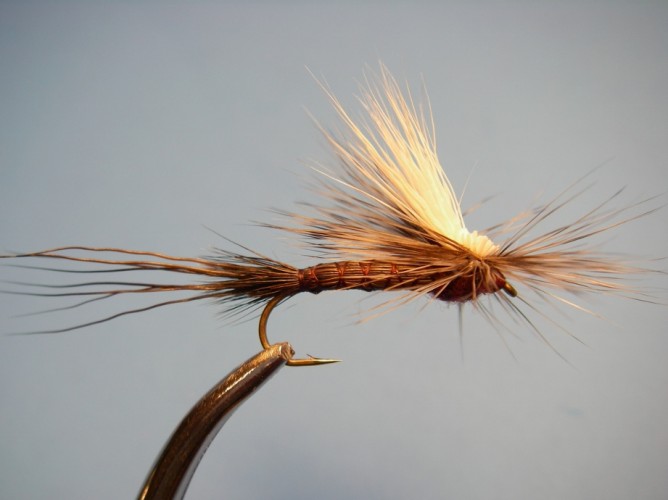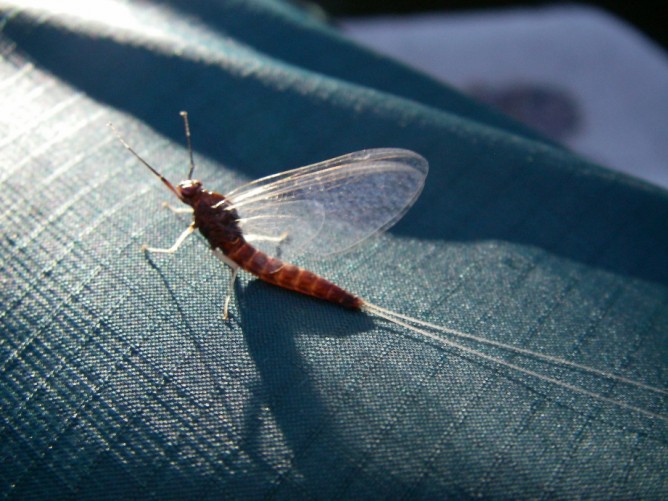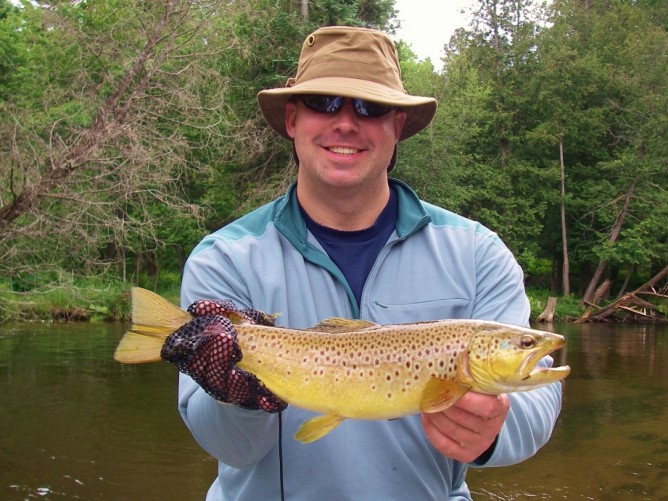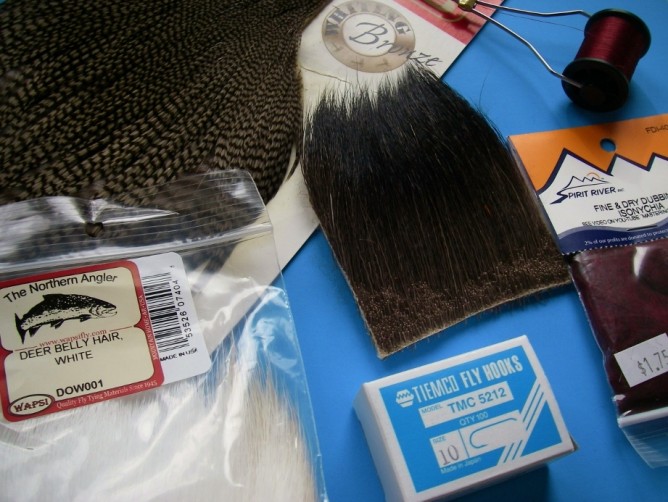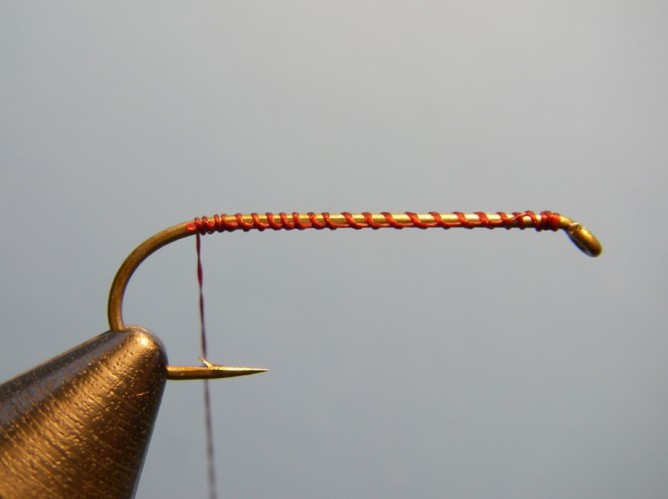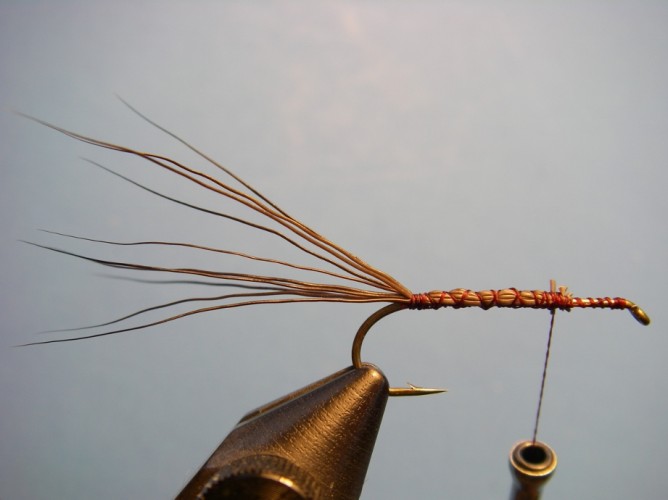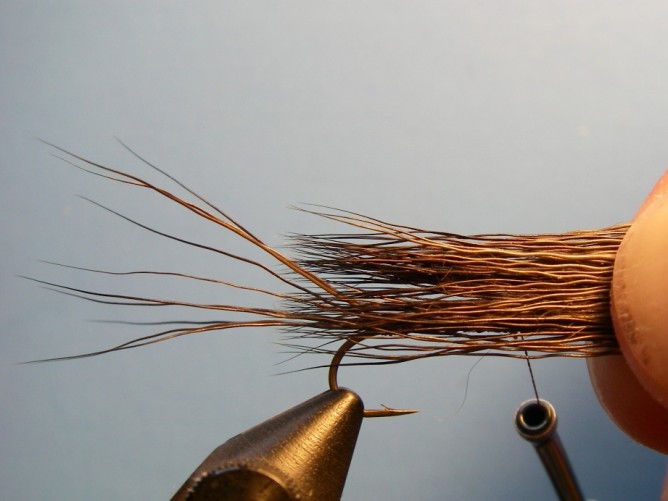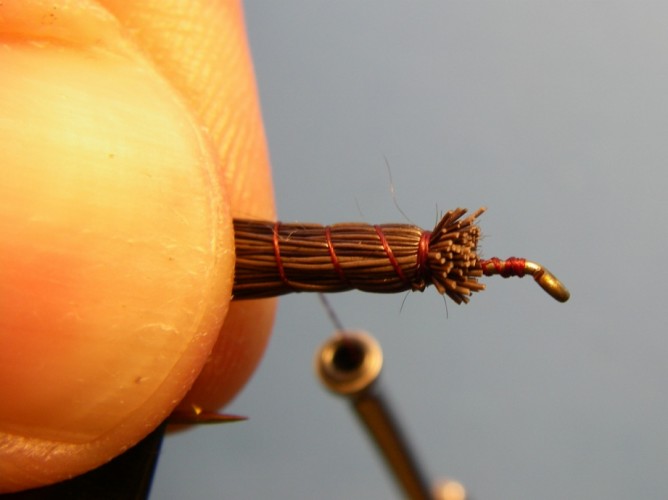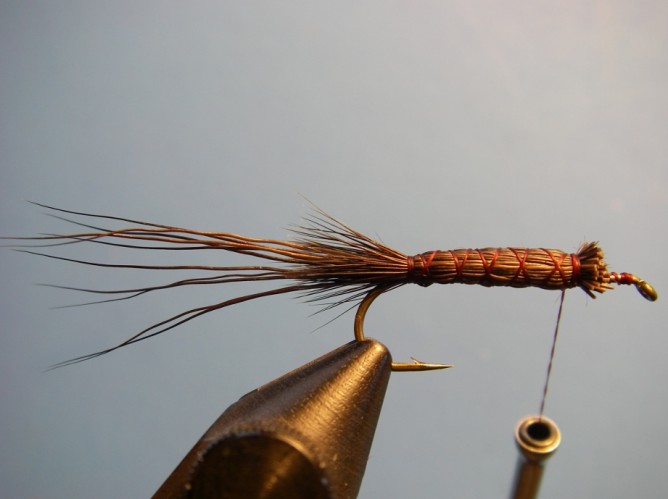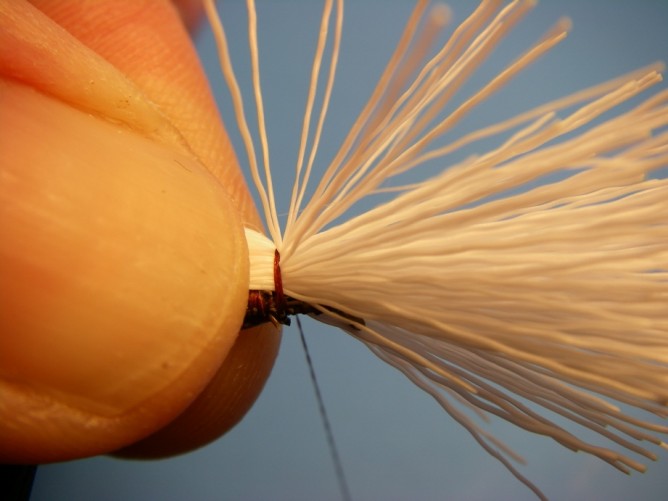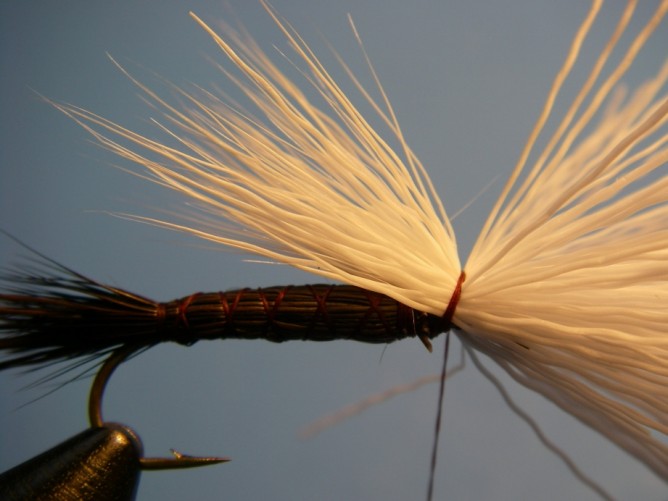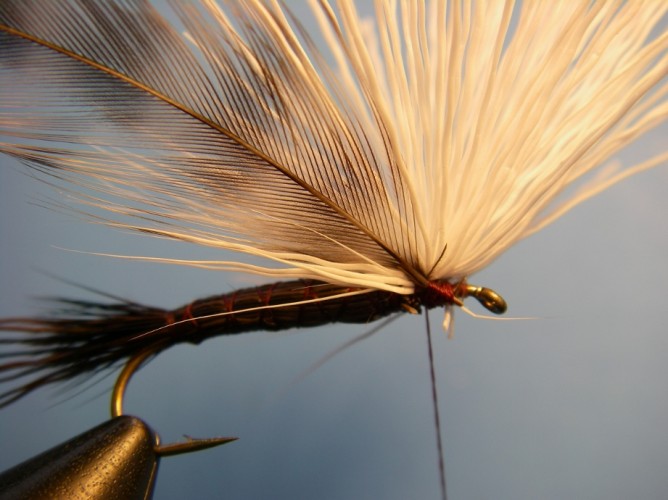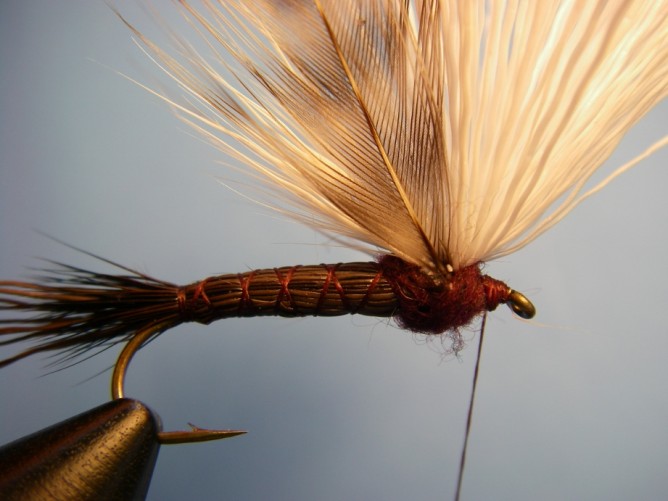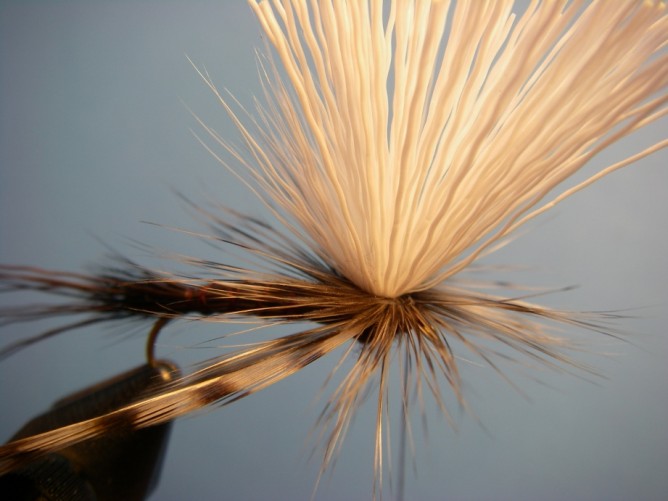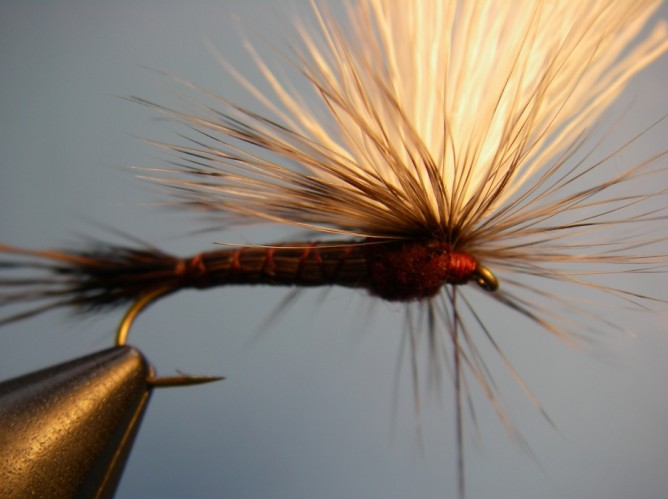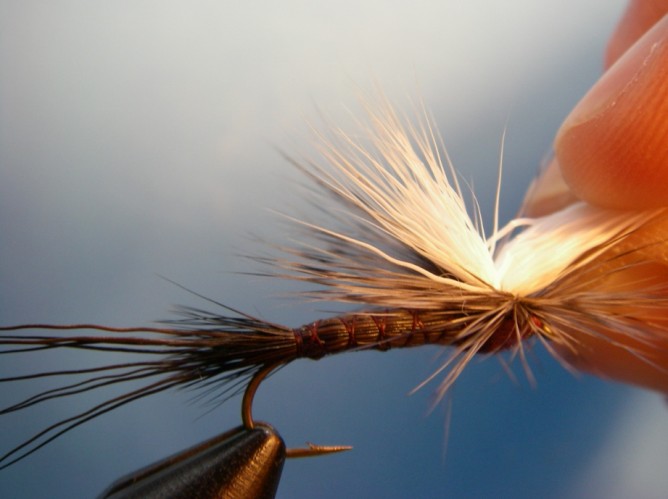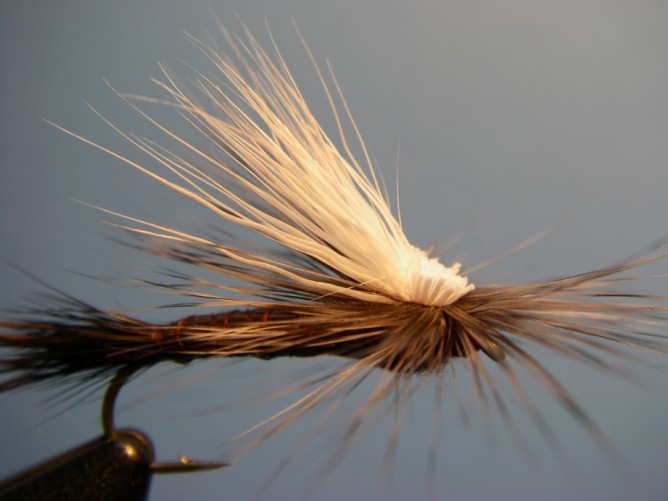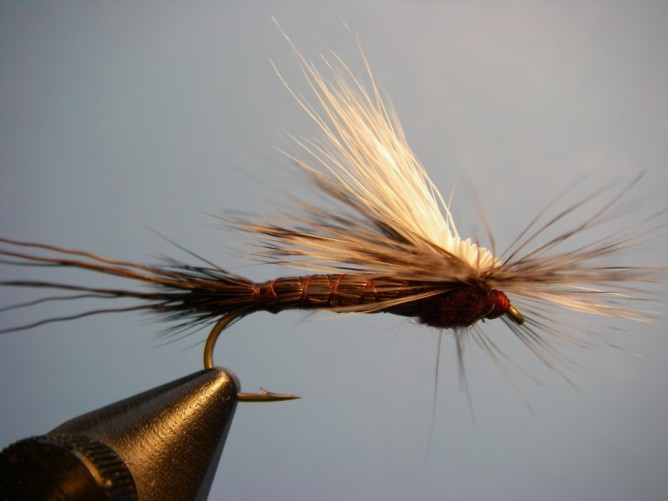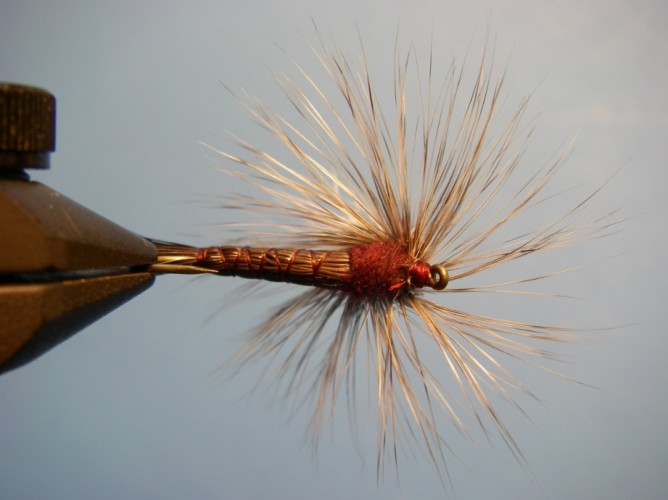It took a while but some big hex flies can be found on local rivers. The hatches have been sporadic and very isolated – each bend in the river is different so if you don’t have success in one place, go around the next bend and see if there are bugs and fish. Then again, it is the time of the year where the “Annual Angler” makes his pilgrimage to the river so you might not have the ability to cover water. Duns and Spinners have been the mix and most nights the duration – at least on the Manistee, has been relatively short. Fish fast.
While waiting for the hex bugs, the Isonychia fishing has been pretty solid sometimes providing the best shot at fish as there is still some light out and good fish eating them. Fishing a hex emerger is a good way to spend an afternoon as is swinging an oversized hex nymph near the muddy banks to kill some time before the hatch. In addition to hex and Isos, have some Brown Drakes, Little Yellow Sallies, Sulphurs and Bat Fly patterns in your fly box.
Please practice catch and release and with the water being so warm (70 degrees) – get the fish to net quickly and revive them a long time before letting go. The Upper Manistee, Boardman and parts of the AuSable are not stocked with trout so the fish’s survival is paramount to future fishing.
Carp fishing on Grand Traverse Bay continues with a lot of fish in post-spawn mode and in shallow eating the hex and drakes in the silt beds. Spawning fish are still around, but each day is different which makes this fishing so fascination and frustrating at the same time. The heat and sunshine of the week has really warmed things up and is pushing this season closer to the end. The smallmouth bass can be found from time to time in the shallows but they have mostly moved out into deeper water. Fish that are still around have gotten pretty wise to the fly angler but a well presented fly (crayfish and hex) for cruising fish and around rocks should find you a fish or two.
The lakes are still fishing good for bluegill and largemouth bass are becoming more active especially on sliders and poppers – a fun way to spend some time on the water. Work the lilly pads, weed beds and drop offs for your best chances.
Good luck,
Ted
The Summer Newsletter just went out – Click here to read and/or sign up for future delivery
Trout Fishing – Evening hatches should transition to morning trico s and terrestrial fishing as July sets in.
Bluegill & Bass – Lake fishing for both species is a great way to spend some time on the water over summer.
Fall Steelhead – Its not too early to start thinking about fall’s best fishing fish. Late Sept. – Nov.

